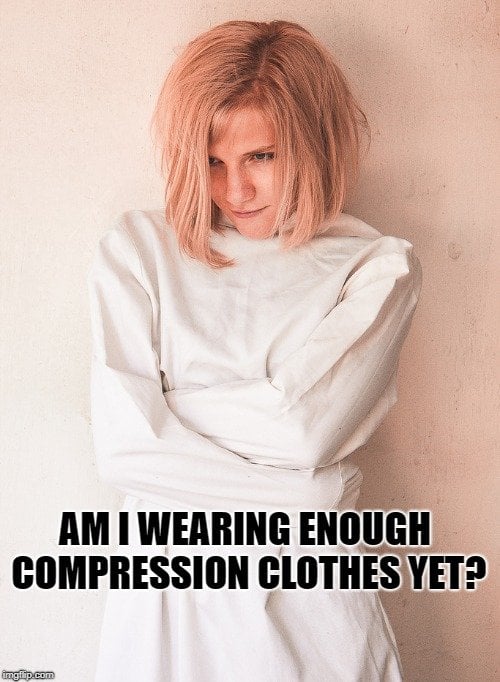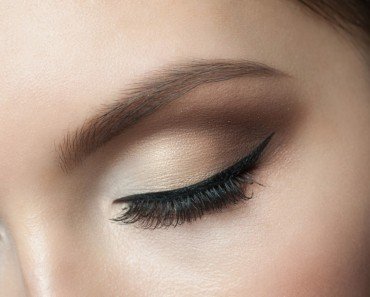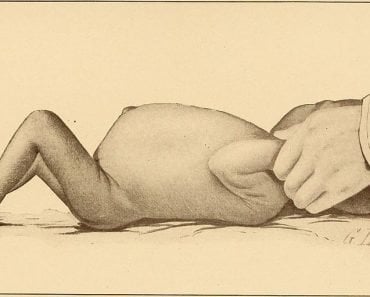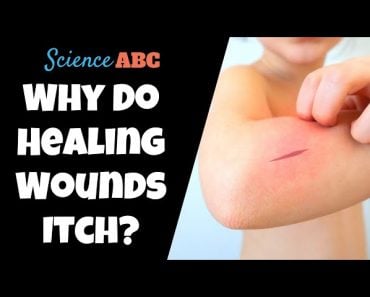Table of Contents (click to expand)
Excess skin following weight loss is a common problem, particularly for those who lose weight quickly or who have been obese for a long time. There are a number of methods that can help to minimize the appearance of loose skin, including compression clothes, surgical procedures, nutrient supplements, and the topical application of creams.
If you have ever struggled to maintain an ideal weight, you understand the frustrating see-saw of weight loss and weight gain. It is an incredible accomplishment for people to lose a large amount of weight—and keep it off—particularly in today’s high-stress world where free time for exercise is scarce and delicious temptations are everywhere.

Despite what an improvement to your health losing weight can be, considering that obesity is closely associated with chronic diseases lie diabetes, heart disease and stroke, dropping a significant amount of weight can also have a negative side effect—excess skin. When someone who weighs 300 pounds loses 100 pounds in a matter of months, there will be a lot of extra skin left over, which can hang loose and present a new body image problem. Not everyone who loses weight experiences this type of loose skin after slimming down, and there are a number of factors that can affect this condition, as well as various methods that can help to correct it.
Before we get into potential solutions, let’s take a closer look at what causes this in the first place.
Recommended Video for you:
Excess Skin Following Weight Loss
Our skin is a dynamic organ that changes in countless ways over the course of our life. The skin is also quite remarkable in terms of its flexibility and elasticity. When we gain weight, the fat cell deposits build up under the skin, and the skin expands outward accordingly in areas like the thighs, abdomen, buttocks, arms, chest and neck. As a rudimentary metaphor, you can imagine the body’s skin as a balloon that can be filled/blown up due to weight gain.

However, when that weight is subsequently lost, particularly rapidly, the skin doesn’t always snap back into its tight, initial place. Some of the major factors affecting this include your age, the speed at which you lose weight, your workout habits, the area where your weight was stored, and the length of time you were obese.
Age
Young people tend to have more elastic skin than older people, so if your weight transformation occurs when you are young, e.g., under 30 years of age, your skin will be able to adapt to the weight loss and remain relatively taut. Older people who lose weight tend to develop excess skin flaps, which can create health problems, such as chafing, rashes and a greater chance of skin infections, especially in areas that are harder to reach comfortably as we age.

Weight Loss Speed
As mentioned earlier, the speed at which you lose weight has a significant impact on the presence of excess skin. While it can be appealing to shed dozens of pounds in just a few weeks, few people have skin that is that dynamic. Losing 1-2 pounds per week is the recommended threshold for healthy weight loss, and this rate should also give your skin ample time to adjust to the lower volume of fat.
Exercise
Most weight loss regimens involve some amount of physical exercise, in combination with alterations to your diet. This is very important if you want to lose weight without leaving excess skin behind. By increasing the muscle tissue beneath the skin, it can help to keep the skin toned and tight, rather than loose and flappy. Increasing muscle mass will keep those areas of the body “plump” with muscle, and provide volume for that skin to enclose.

Areas Of The Body
Some areas of the body tend to have tighter skin than others. The abdomen, buttocks and upper arms are some of the most difficult parts of the body to prevent excess skin, whereas the legs, chest and back are more receptive to exercises that can tighten up the skin; these areas are also less prone to large fat deposits.
Length Of Obesity
If you have a challenging year or two and put on 30-40 pounds, but then lose it relatively soon, your body will be more able to snap back into its original shape. However, if you have been struggling with obesity for a decade or more, and then lose a drastic amount of weight, your skin will not have the same elasticity. It will take far more time and effort for your skin to snap back into place.
Methods To Treat Excess Skin
There are a number of methods that people have developed to deal with the condition of loose skin following weight loss, including the wearing of compression clothes, surgical procedures, nutrient supplements and the topical application of creams to minimize chafing and discomfort.
Compression clothes are, as the name implies, meant to keep your skin in place and prevent movement of the skin folds, which can cause chafing, redness and pain. These clothes are available for both men and women, and can help to improve your physical appearance and boost confidence, which can take a major hit when loose skin becomes a problem. That being said, compression clothing can sometimes lower circulation and cause dehydration in the skin, which can have other negative effects.

Under the flaps of loose skin, body oils, moisture and dirt can accumulate, making it an ideal place for infections to develop and thrive. For this reason, regularly washing and cleaning under those skin folds is essential. You can also apply firming creams to the folds of skin, particularly if they are relatively small. Collagen and elastin creams can provide temporary tightness to the skin, but it is far more effective if you take collagen supplements.
Collagen hydrolysate has become more popular in recent years for its proven effects in protecting collagen integrity in the body. By consuming these supplements, which are widely available in health foods stores, you may be able to improve your body’s ability to create and utilize collagen in a helpful way. Some other useful supplements that can affect skin elasticity include protein pills, omega-3 fatty acids and vitamin C. Staying hydrated is also an important element of skin health, so be sure to drink enough water following weight loss to boost the overall health and wellness of your skin.
As mentioned earlier, moderate amounts of exercise, particularly workouts that build muscle mass, can help to tighten up loose skin folds. Such an increase in muscle mass can fill out those areas that were once occupied by fat, and can increase the appearance of taut skin.
Finally, for those people who have serious problems with skin folds, for example, after rapidly losing more than 1/4 of your body weight, cosmetic procedures may be the only true solution. Generally speaking, a large incision is made, the excess skin is removed, and the opening is then stitched closed. Following significant weight loss, multiple surgeries on different parts of the body may be required. Some of the most popular procedures to eliminate loose folds of skin include “tummy tucks”, more formally known as abdominoplasty, as well as brachioplasty (arm lift), upper body lift and lower body lifts. These types of contouring surgeries are relatively low risk, but any medical procedure does come with some potential hazards, and most insurance carriers won’t cover these types of “cosmetic” procedures.

A Final Word
There is no denying that losing weight, if you are obese, is the right choice for a healthier life. However, losing weight in a responsible and moderated manner will help to prevent your chances of being left with loose flaps of excess skin once you’ve shed those pounds. Speaking with your doctor about healthy approaches to weight loss and potential preventative measures for loose skin should help you slim down without creating another body image issue!
References (click to expand)
- Song, A. Y., Rubin, J. P., Thomas, V., Dudas, J. R., Marra, K. G., & Fernstrom, M. H. (2006, September). Body Image and Quality of Life in Post Massive Weight Loss Body Contouring Patients*. Obesity. Wiley.
- Baillot, A., Asselin, M., Comeau, E., Méziat-Burdin, A., & Langlois, M.-F. (2013, April 26). Impact of Excess Skin from Massive Weight Loss on the Practice of Physical Activity in Women. Obesity Surgery. Springer Science and Business Media LLC.
- Gilmartin, J. (2013, April 10). Body image concerns amongst massive weight loss patients. Journal of Clinical Nursing. Wiley.
- Skin Removal Surgery Post Weight Loss | ABCS. americanboardcosmeticsurgery.org
- How to Deal With Extra, Loose Skin After Losing a lot of Weight. WebMD













